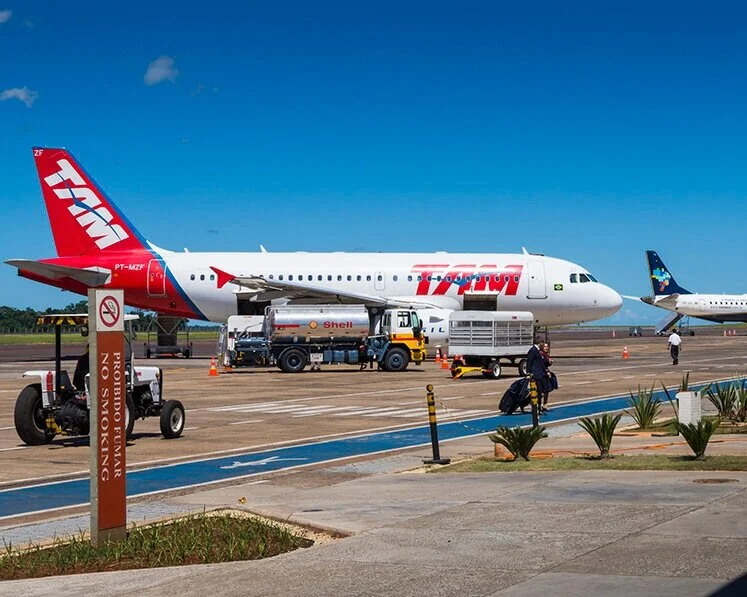Feyisa Lilesa's Olympic Homage to the Oromo Movement
/ETHIOPIA - While many Olympic runners raise their arms as they approach the finish line, few do so as a demonstration of political protest. Ethiopian runner Feyisa Lilesa joined this elite group of politically charged Olympic athletes such as Tommie Smith and John Carlos when he crossed his arms at the end of the Men’s Marathon during the Rio Olympics. While Tommie Smith and John Carlos raised their fists in a Black Power salute during the awards ceremony, Feyisa Lilesa crossed his arms at the end of the race to demonstrate his allegiance with the Oromo people as they continue a centuries long clash with the Ethiopian government. What looked like a stretch to many Olympic observers was really a powerful demonstration that resulted from many years of unrest and political strife.
Thousands of miles from where Lilesa made his protest in August, Oromo dissenters had been actively demonstrating against the Ethiopian government since 2014 when a plan was unveiled for the expansion of Addis Ababa. The plan, arguably excellent for the capitals image and perhaps even reminiscent of the rapid improvements made under Haile Selassie in the mid 20th century, also proved reminiscent to the Oromo of how they were kicked off their land when the capital was moved from the north of the country to Addis Ababa in the first place. The new plan involved permeating the capital city into the Oromo occupied outskirts of its current blueprint, displacing members of the already marginalized group in the process. Without previous knowledge of the maltreatment of the Oromo, one might think that protests involving more than one hundred thousand people across Oromia might be drastic, but the government’s plan to expand the city into heavily Oromo occupied territory was perhaps the last straw after centuries of government action taken to improve Ethiopia at the expense of the Oromo.
In 1941 at the end of the Italian occupation the imperial system made strides towards assimilating the Oromo in order to build Ethiopian nationalism at a time when the country was lacking a strong national identity. This assimilation process entailed making Amharic the national language and banning the use of the Oromo language in schools, churches, and public offices. While some Oromo’s ‘Amharised’ in order to achieve upward mobility, it was not long before campaigns such as Macha Tulama and Ethiopian Student Movement formed in opposition to the current political environment and poor treatment of the Oromo identity. While some of the more extreme followers of these movements wanted independence from Ethiopia all together, they at the very least desired equal treatment of the Oromo language, culture, and religion to that of the Amhara.
Unfortunately, not all that much has changed since Oromo nationalist movements began. The Oromo remain the largest ethnic group in Ethiopia (and the Horn of Africa for that matter), yet groups such as the Amhara and the Tigray are favored in government just like they have been for decades. Interestingly though, Ethiopia is a country in which a strong sense of fraternity is felt amongst its citizens, which can perhaps be attributed to the historical bond that it is the only country to have fought off colonization. However, it must be noted that fraternity and national identity cannot be confused here because if you ask an Oromo about their national identity it is likely that they will respond “I am Oromo,” not, “I am Ethiopian
With this in mind, it is not surprising that when Oromo athlete Feyisa Lilesa ran for the Ethiopian Olympic team he also took a stand that demonstrated his allegiance to his Oromo identity during a crucial time in their history and relationship with the Ethiopian government. Even though Lilesa won silver in the race, he won gold in the hearts of many Oromo nationalists through his bold demonstration of solidarity and civil disobedience towards a government that has historically mistreated his people.
1. Bulcha, Mekuria. "African Sociological Review/Revue Africaine De Sociologie."African Studies Companion Online 1.1 (1997): 30-65. JSTOR [JSTOR]. Web. 22 Sept. 2016.













